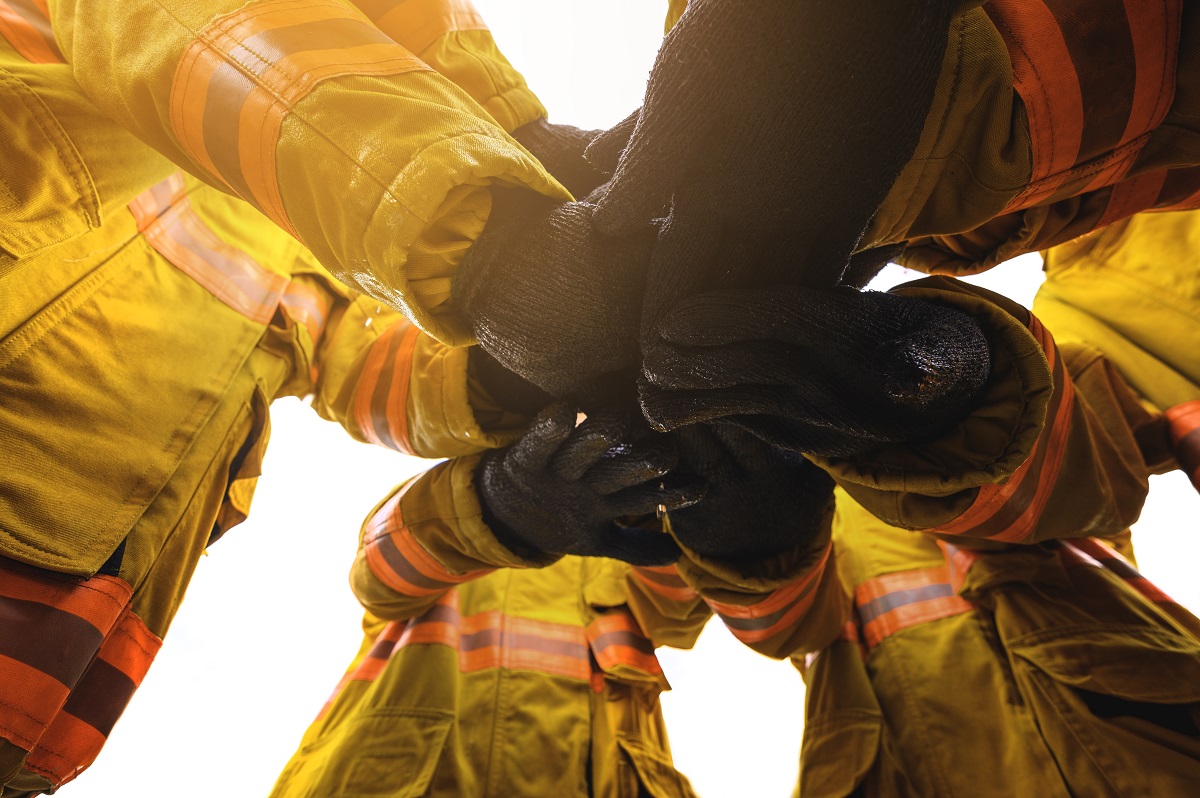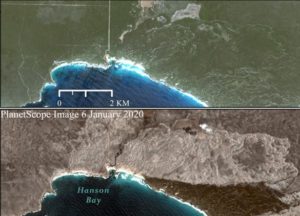
The summer break saw South Australia join the eastern states in devastating bushfire events. Staff should be aware of support for those impacted and may wish to recap the University’s bushfire safety policy or learn how staff members have contributed to recent discussion.
Staff information and support
The staff portal has been updated with details on special leave with pay that is available to staff impacted by this season’s bushfires. With summer far from over, staff may also wish to review the University’s bushfire safety policy and procedures for bushfire events near campus. Read on the staff portal.
Captured moments
CJ Taylor in the Office of Communications, Marketing and Engagement is a CFS volunteer. An accomplished visual artist, he captured his experience on camera while on duty and the images have been shared in The Guardian – available to view here.

Thoughts on community
Caring Futures Institute ambassador Judith Leeson AM penned an opinion piece on the role of the fires in highlighting the need for greater community care, and how caring, resilience and kindness come to the fore in the face of disaster.
“We have been inspired by the incredible courage of the volunteer firefighters, the emergency services, police, ambulance personnel, the defence forces, and individuals who have risked all for their neighbours and friends.
The same winds that have driven much of the spread of the bushfires, have changed our landscape, but also stimulated a groundswell of support within community, and rekindled what it means to be Australian.” Read the full Caring Futures Institute blog.
Dune research
Strategic Professor Patrick Hesp and Flinders’ GIS experts PhD candidate Marcio DaSilva, Associate Professor David Bruce and Rob Keane examined pre- and post-fire satellite imagery downloaded from the Sentinel 2 and Planet satellite. They noted the change to dunefields on Kangaroo Island’s western and southern facing coast of the Cape de Couedic region is dramatic with vegetation cover vastly reduced.
 Professor Hesp says: “Given the fires have occurred in January after a year of nearly 50% less rainfall than normal, with dry conditions expected for some months to come, it is possible we will see reactivation of dunes or parts of dunefields especially if windy conditions prevail over the summer period.”
Professor Hesp says: “Given the fires have occurred in January after a year of nearly 50% less rainfall than normal, with dry conditions expected for some months to come, it is possible we will see reactivation of dunes or parts of dunefields especially if windy conditions prevail over the summer period.”
Associate Professor David Bruce noted: “The fire indices over the burnt vegetation on the sand dune systems south of Rocky River show uncharacteristic values, indicative of extreme burning leading to substantial sand and rock exposure”.
Media
Flinders University researchers contributed to the thirst for information and ramifications of the unusual fire events across Australia. Among contributors were:
Professor Patrick Hesp and Flinders’ GIS team (above), who contributed imagery and insights to The Advertiser, Telegraph and other publications around the country.
Professor Claire Smith who was quoted in The Times of India on the value of Indigenous practices in bushfire prevention.
Associate Professor Mike Lee, who penned two Conversation pieces published in January: Bushfires have reshaped life on earth before, they could do it again and Australia’s bushfires could drive more than 700 animal species to extinction. Check the numbers for yourself
Associate Professor Haydon Manning, who contributed to political discussion on the economic impacts of climate change including this NY Post article.
Professor Corey Bradshaw, who informed news corp articles across the country on the potentially devastating impact of the Kangaroo Island fires on at-risk native animals including dunnarts and black cockatoos.

